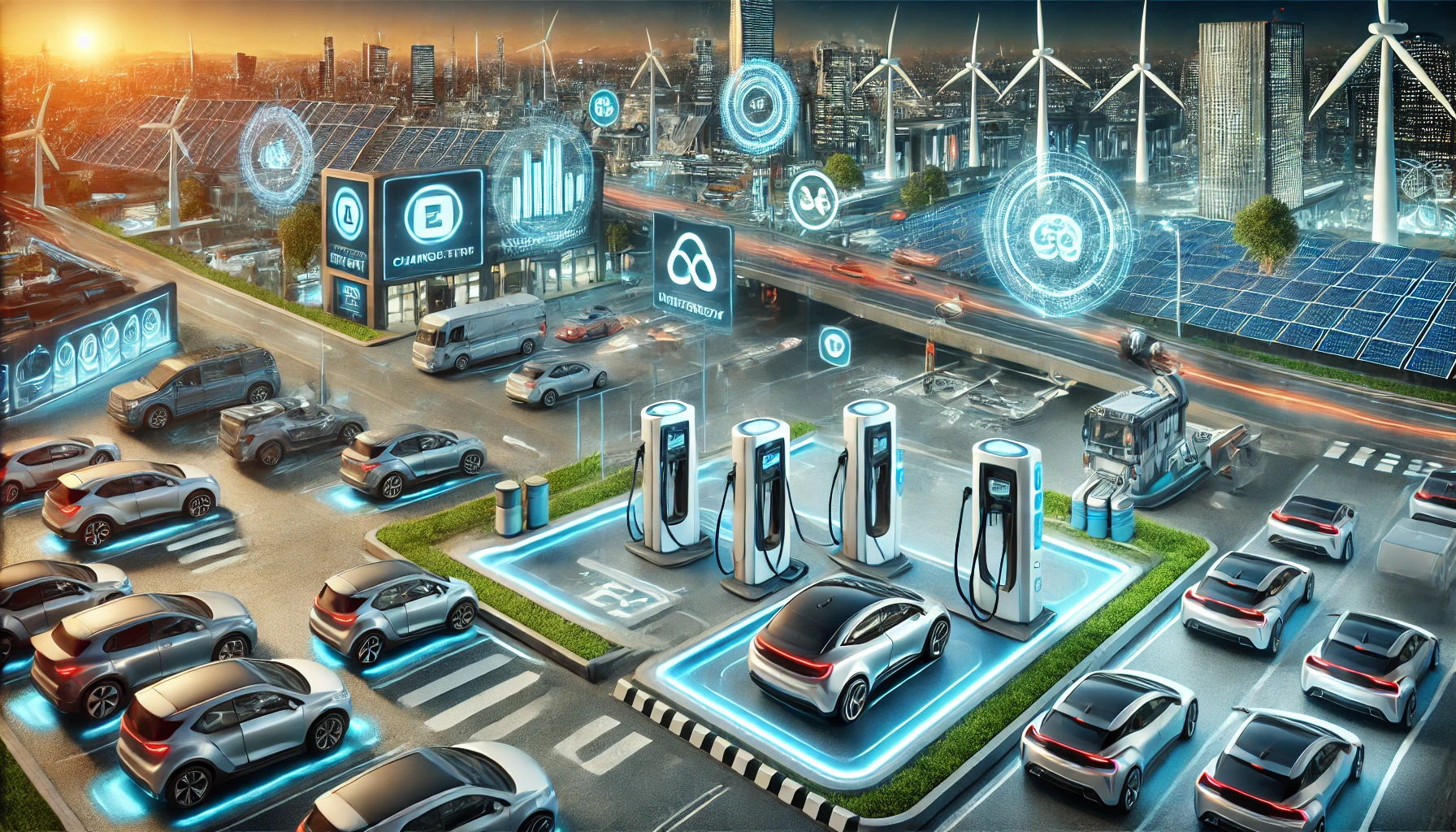Are Flying Cars Really Eco-Friendly or Just Pollution in the Sky?

Urban Air Mobility Takes Off
Imagine zipping through the sky in your very own flying car, soaring over traffic jams while sipping on a latte. It sounds like the future, right? Well, welcome to the world of Urban Air Mobility (UAM), where flying cars and drones are set to revolutionize how we travel. But as we dream of this futuristic world, one big question looms: Are these flying vehicles actually eco-friendly, or are we just adding pollution to the skies? Today, we’ll take a look at the environmental impact of UAM and whether it really lives up to its green potential.
Flying Cars: Sky-High Potential or Just Hot Air?
Flying cars sound like something out of a sci-fi movie, but companies like Uber and Hyundai are serious about making them a reality. These vehicles promise to reduce ground traffic, making your daily commute faster and more efficient. But is this a solution to pollution or just a new kind of environmental headache? Proponents argue that flying cars will cut down on emissions by reducing time spent in traffic, but the reality is a bit more complicated. Most flying cars run on electric batteries or hybrid engines, but powering these vehicles still requires significant energy. Let’s not forget, the electricity we’re using isn’t always from green sources. So, while you’re skipping traffic, you might still be contributing to carbon emissions.
Drones: The Silent Skywalkers or Noise Machines?
Drones are already buzzing around our skies, delivering packages, filming epic videos, and even assisting in search-and-rescue missions. But what about their environmental impact? Like flying cars, drones rely heavily on electric power. While electric energy is cleaner than fossil fuels, drones require a surprising amount of energy for their size. And then there’s the noise. Can you imagine a sky filled with the buzzing of drones flying above your head all day? The environmental impact isn’t just about emissions; it’s also about noise pollution. Drones may be silent flyers to the naked eye, but they sure can make a racket. The energy cost and noise disturbance make them a tricky candidate for a truly eco-friendly technology.
UAM: A Green Alternative or Just Another Polluter?
Let’s be real—flying cars and drones are cool. But when it comes to their environmental footprint, things get murky. Some studies suggest that UAM could actually increase carbon emissions if these vehicles are not fully electric or if their batteries aren’t charged using renewable energy. A single flight of a flying car can consume as much energy as an electric car driving hundreds of miles. So, unless we find a way to generate more clean energy, UAM might just shift pollution from the ground to the sky.
The Benefits: Reduced Traffic and Faster Travel
On the flip side, UAM could offer some significant environmental benefits. By reducing the number of cars on the road, flying cars and drones could help decrease traffic congestion, which in turn could lower emissions from idling vehicles. Fewer cars on the road means less wear and tear on infrastructure, which could reduce the environmental costs associated with road repairs. Plus, faster travel times mean less time spent burning fuel. In theory, flying cars and drones could be a step toward a greener transportation system. But again, this all depends on how we power them.
The Future: Can UAM Go Green?
The future of UAM might hinge on how green the technology can become. With advancements in battery technology and renewable energy sources, there’s potential for flying cars and drones to be truly eco-friendly. Solar-powered flying cars? Now, that’s a future we can get behind. The key will be ensuring that UAM vehicles are powered by clean energy and that their production doesn’t result in excessive waste or emissions. Governments and companies will need to collaborate to create regulations that push for greener technologies while still allowing innovation to thrive.
So, Are Flying Cars Eco-Friendly?
It’s complicated. Flying cars and drones have the potential to reduce traffic congestion and offer faster, more efficient travel. But their environmental impact depends on how they’re powered and the energy sources used to support them. As it stands, UAM is not a silver bullet for environmental problems. It could either be a game-changer for green transportation or just another polluter in disguise. So, what do you think? Are flying cars and drones the green future we’ve been dreaming of, or will they just add to our environmental woes? Let us know your thoughts!



